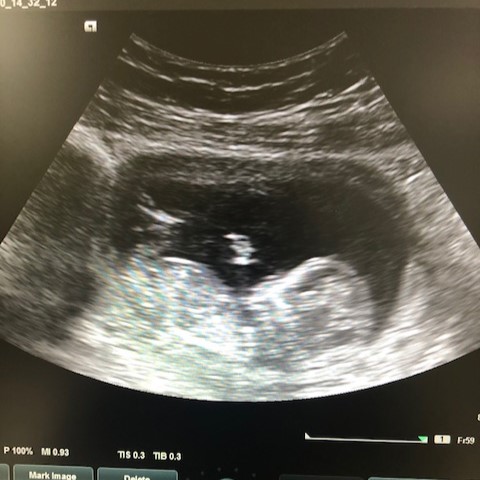Pregnancy Period
Pregnancy is an important period in a woman's life. It is a process that needs to be followed well and sometimes treated in terms of both maternal and infant health. The pregnancy period begins with the date of the last menstrual period and ends with the birth. However, in terms of maternal health, the 6-week period after birth, which is called puerperium among the people, should be added to the pregnancy period. The gestational age is determined according to the last menstrual period and is calculated as 7-day, weekly progress. The term of an expired pregnancy is 40 weeks or 280 days. Since every 4 weeks is mistakenly considered as 1 month, it can be understood as if it takes 10 months. Again, when we calculate 9 months and 15 days among the people, it actually equals 40 weeks. Another wrong calculation is that the day on which pregnancy is predicted is considered as the beginning. During pregnancy, a baby in the womb is called a fetus.
Pregnancy Periods
Pregnancy period is divided into 3 periods of 12 weeks each by us physicians. The reason for making this partition is because each pregnancy period has its own characteristics and problems.
These periods are called trimesters. There are three trimesters.
- Trimester: first 12 weeks
- Trimester Week 13 to Week 24
- Trimester is the period from 25th week to birth.
- In the third trimester, there is a transition from embryonic life to fetal development. This is the stage in which organs develop and the fetus takes the human form. After the eighth week, he can start moving. Fetus is about 6 cm long
- In the third trimester, the growth of the developing organs begins. Fetal movements are felt by the mother. Gender becomes apparent from the outside. The length of the fetus reaches 30 cm.
- In the trimester, the organs continue to grow and enter the maturation phase where they will gain their full functions. In this period, even preterm fetuses become able to live in the external environment when suitable conditions are provided. After the 36th week, the lungs of the fetus mature and come to the function of breathing. The fetus has grown to 50 cm in length.
How does a baby breathe in the womb?
In fact, the fetus does not breathe in the womb. There is amniotic fluid, which is like a protective shield around the fetus. The fetus floats in this fluid (water bladder). It gets its oxygen need from the blood from the mother. The mother's blood passes through the placenta and then to the fetus with the baby tie (cord). The blood coming from the umbilical cord meets all the oxygen needs of the fetus. The blood that also passes through the kidneys is filtered and becomes urine. This urinating fetus forms amniotic fluid. The fetus is constantly swallowing amniotic fluid, and this fluid is absorbed from the stomach, mixed with the blood again, and then emptied into the bladder through the kidneys and urine.
In other words, babies swim in the urine they make. The amniotic fluid also indirectly shows the fetus whether there is good blood flow from the mother. Decreased water bladder may also be due to other reasons. On the contrary, in cases where the amniotic fluid is excessive, the presence of diabetes or other neurological problems is suspected.
Pregnancy involves complex mechanisms including many physiological and immune systems.

